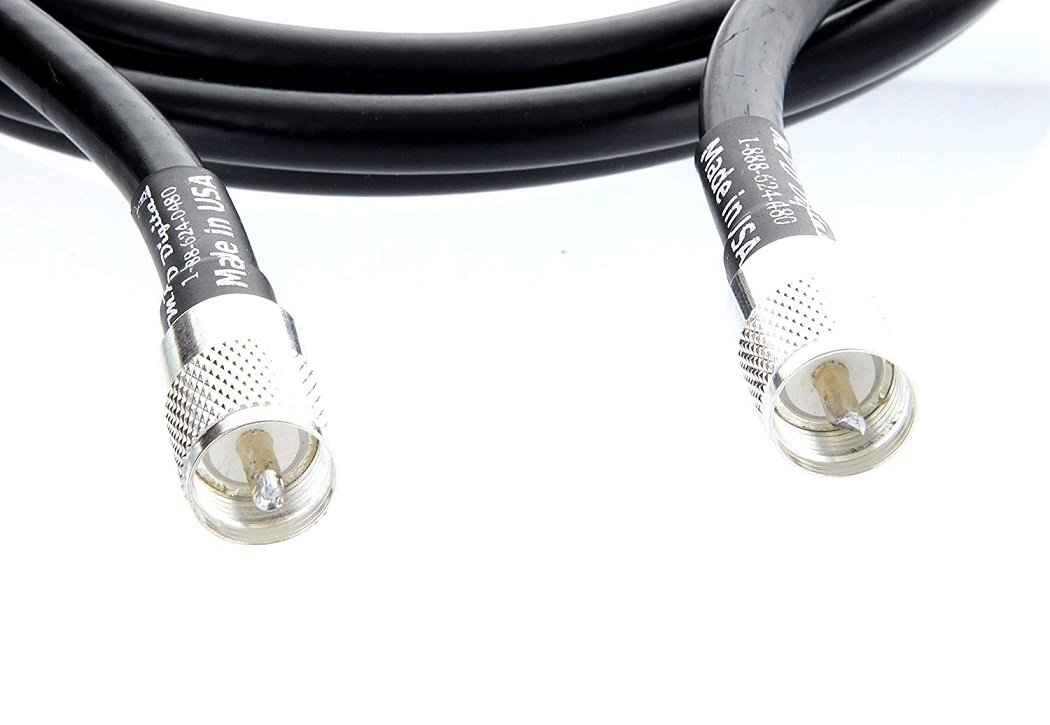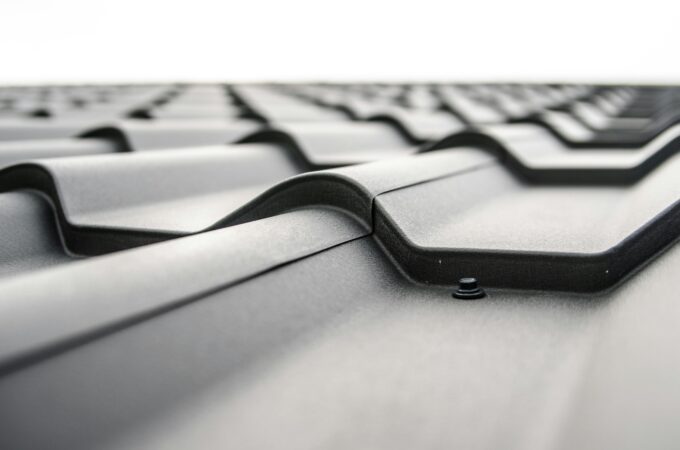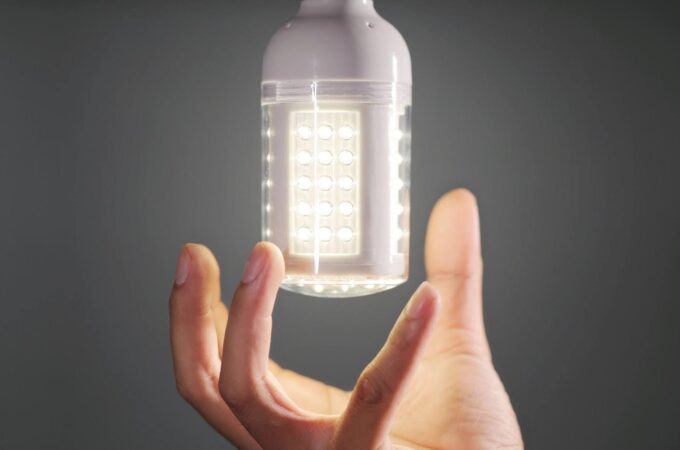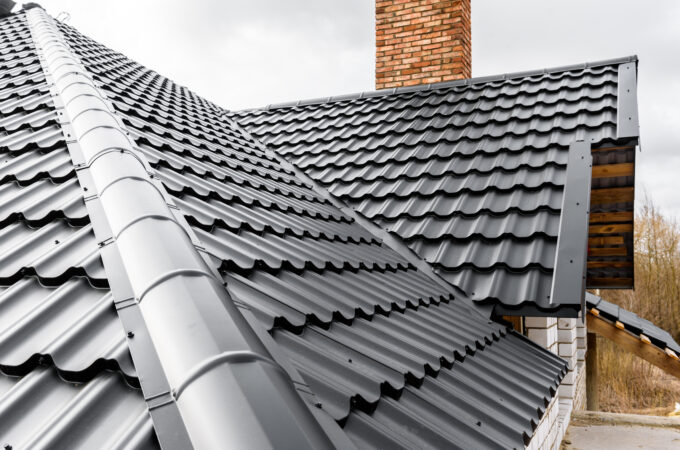
What is Times Microwave LMR-400?
Coax cables fall into two categories, RG and LMR. RG (Radio Guide) cables were invented and used during WWII for military applications. After the war, they started to see civilian use and became more widespread alongside new technology like radio and television. RG cables work fine and are still in use today, but they are no longer the best cable on the market. The company Times Microwave invented LMR cables as upgrades to the older, increasingly outdated RG models. The most notable of these is Times Microwave LMR-400, one of the most widespread cables in use today.
All coax cables are built in the same configuration, being made from layers of different materials. At the core of the cable is a metal conductor that carries electrical signals. Working outwards, the other three layers are the dielectric, braid, and jacket. These three layers have two jobs: keeping the coax signal contained and preventing outside signals from causing interference. This includes electromagnetic interference (EMI) as well as radio frequency interference (RFI). Anything generating a signal with sufficient power, from a television power cord to a nearby radio tower, can potentially cause interference with coax and other electrical lines. If a cable is damaged, it limits its abilities to manage its own signals as well as outside interference. Damaged cables can be fixed with electrical tape, but this is a short-term solution and a damaged cable should always be replaced at the first opportunity.
Why is Times Microwave LMR-400 Better?

Most of Times Microwave LMR cables were designed as successors to a specific type of RG cable. Specifically, LMR-400 is an upgrade to RG8. In modern applications, LMR-400 is used as a long-distance cable for television and Internet connections in homes, offices, businesses, and more. It also sees use among amateur radio enthusiasts. At 0.405”, LMR-400 is thicker than most other cables used for these same applications. Since thicker coax cables can transmit clear signals further, this makes Times Microwave LMR-400 the ideal choice when longer cables are needed. These longer cables are mainly used for runs being made through walls, floors, and ceilings. The long-distance performance also makes Times Microwave LMR-400 a popular choice with telecom and datacom companies.
Despite Times Microwave LMR-400’s superiority, RG8 cable is still used today. There is a simple reason for its availability: cost. But as the saying goes, you get what you pay for. Yes, some dimes or nickels will be shaved off the price. On the other hand, an RG8 cable will have more problems when it comes to attenuation (a.k.a. signal loss), signal strength (even in ideal conditions with no attenuation), and the physical durability of the cable as wear-and-tear starts to take effect. Using Times Microwave LMR-400 instead ensures that a coax installation will last much longer and risk fewer potential problems within its lifetime.
How is Times Microwave LMR-400 an Upgrade?

Times Microwave designed LMR cables to minimize signal loss compared to RG cables. Being made with newer technology and higher standards, LMR cable is simply better engineered. Notably, Times Microwave LMR-400 is the only LMR cable that has a 75-ohm version instead of only 50-ohm. For medium-length cables, these difference between these two might not be apparent or even noticeable at all. But as cables get longer and signal loss issues start to become more obvious. 50-ohm cable is used for long-range runs, being able to maintain signals at distances that 75-ohm cannot handle. In contrast, 75-ohm may have distance issues but at shorter lengths it has better performance than 50-ohm. For something like connecting a TV to the cable box, 75-ohm is the superior choice. For running a line between two buildings, 50-ohm is the superior choice.
Like most cables with metal conductors, Times Microwave LMR-400 has the option of either solid or stranded. A solid conductor is just that, a solid piece of metal. While solid conductors send strong signals, they can be somewhat lacking in flexibility. A stranded conductor is made from many metal fibers that are woven together, sort of like a piece of cloth. This increases flexibility but also weakens signal strength. Choose solid or stranded based on your project parameters.




